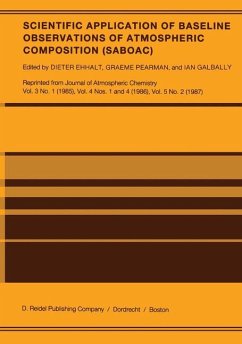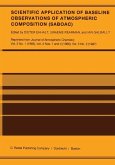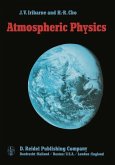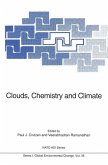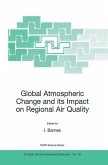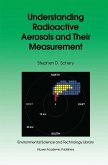The Southern Hemisphere commands an increasing interest among atmospheric chemists. It has smaller and less industrialized continents than the Northern Hemisphere and thus enjoys lower emissions of anthropogenic and biogenic pollu tants. As a consequence, the concentrations of trace species are lower in the Sou thern Hemisphere, giving rise to significant inter-hemispheric gradients. From an observation of the climatology of the various trace gas gradients important conclu sions on the chemical lifetimes, the distribution of sources and transport of trace species can be derived. Thus it is only fitting that the CSIRO Division of Atmos pheric Research, Aspendale, Australia, hosted the Conference on the Scientific Application of Baseline Observations of Atmospheric Composition (SABOAC). It was convened by Dr Graeme Pearman of the CSIRO and sponsored by the CSIRO and the Australian Bureau of Meteorology. Graeme Pearman and Ian Galbally of the CSIRO also agreed to serve as Guest Editors. The Conference was well attended and because of its location enjoyed an un usually large number of participants from the Southern Hemisphere. About 40 papers were presented with a large share of original contributions. At this point we would like to thank the reviewers who helped to maintain strict standards. The con ference topics ranged from Nonreactive Gases, Reactive Gases, Transport, Parti culates, Precipitation Chemistry, to Radiation and Carbondioxide. The present Proceedings do not quite maintain that sequence but partly reflect the order of receipt. DIETER EHHALT 3 Journal of Atmospheric Chemistry 3 (l985), 3-27.

